Latest

What are NVIDIA NIMs and how to run them on prem
NVIDIA NIM is a packaged AI model with a server that provides OpenAI or alternative (for images, audio) API depending on the use case. This guide will show you how to run it on your local machine.

How to install Open WebUI on local server
A simple guide on how to setup Open WebUI on your on-prem GPU server

Need a collaboration space? Try Rocket Chat on Synpse
Learn how to set up a Rocket Chat server on Synpse and connect to it from your browser. Quick and easy way to get a collaboration space for your short term projects.

No GPU? No problem! On-prem or cloud GPUs for Google Colab
Learn how to use Synpse to provision a cloud GPU machine and connect it to Google Collab for your projects. This guide includes step-by-step instructions for setting up and sharing the GPU with your team

Getting Started with GPU Servers on a Budget: How to Save Big on Cloud Computing Costs
Using a GPU server on Vultr is a great way to save money on cloud computing costs. In this tutorial, we will show you how to set up a GPU server on Vultr and how to use it to run machine learning models.

How to expose Synpse device with Cloudflare tunnels
Short guide how to expose your Synpse device or individual applications with Cloudflare (previously Argo) tunnels
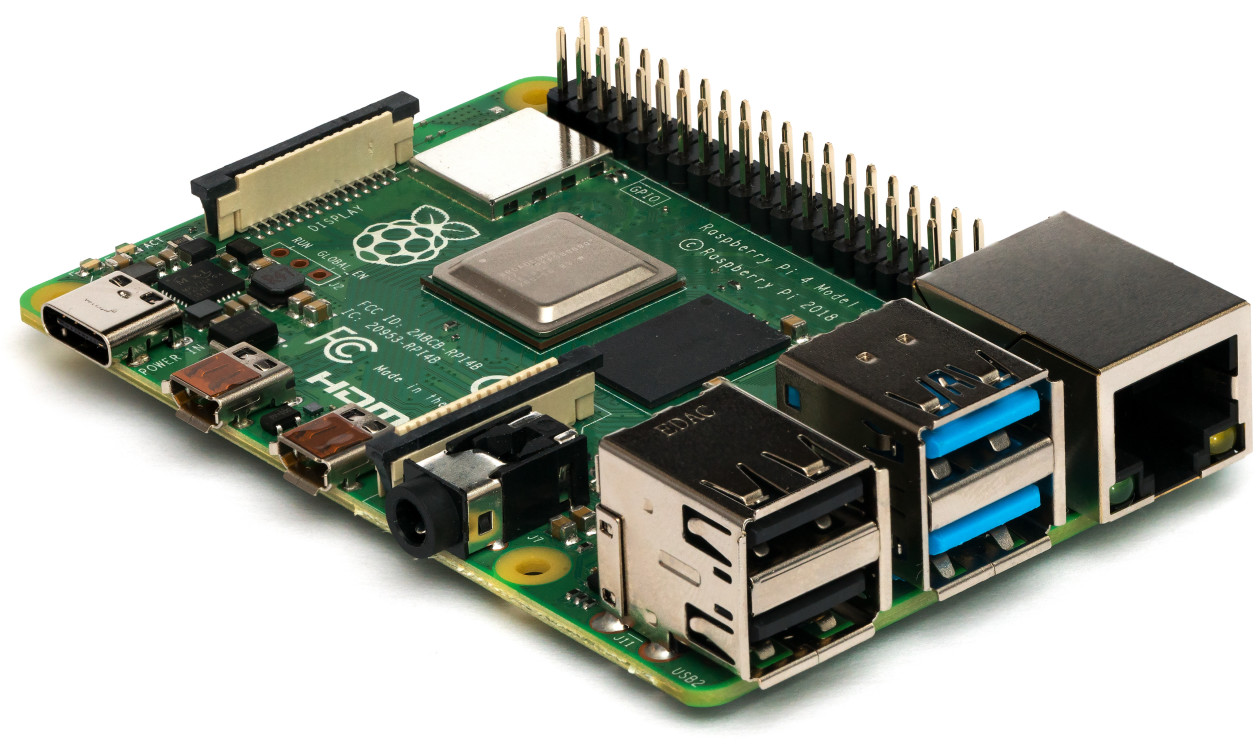
Device provisioning
Simplifies provisioning of the devices with Synpse Quick tokens and universal image!

Setting up a Minio - S3 alternative for object storage on the edge
How to setup S3 alternative Minio for object storage on the edge

OpenCV on Beaglebone with image recognition
Lets start a Skynet revolution with Beaglebone image recognition! This is one of the cheapest platform to build Image reconditions applications. With Synpse now you can access them remotely!

How good are Docker containers in the IoT devices?
In this article we will look into what are the benefits of using Docker on the edge and what are the things to watch out for
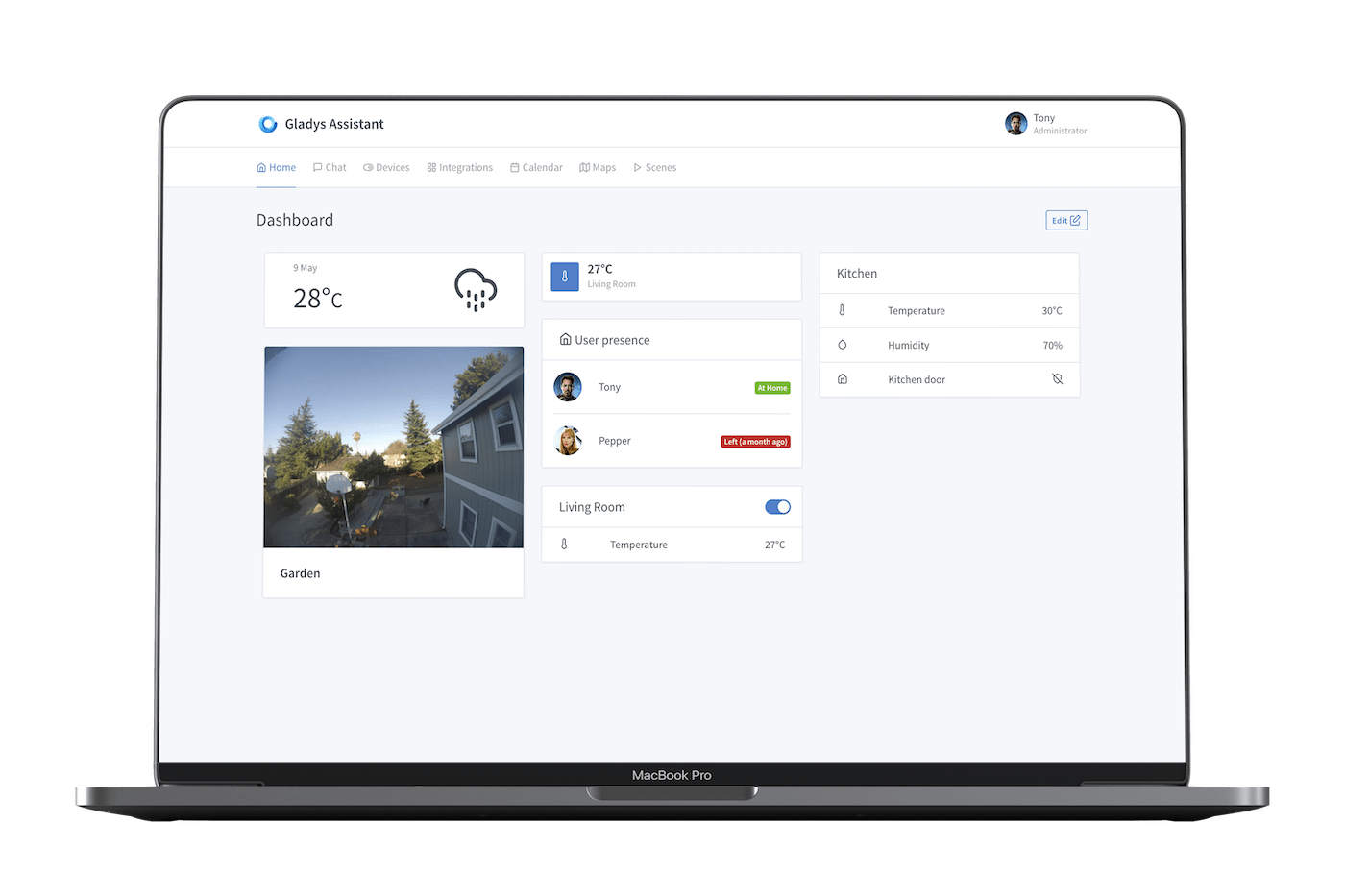
How to setup Gladys on a Raspberry Pi with remote HTTPS and SSH access
A short guide on how to setup a simple Gladys Home Assistant installation on your Raspberry Pi

OctoPrint
OctoPrint is one of the leading project to access your 3d printer remotely. Running it with Synpse it makes so much easier!
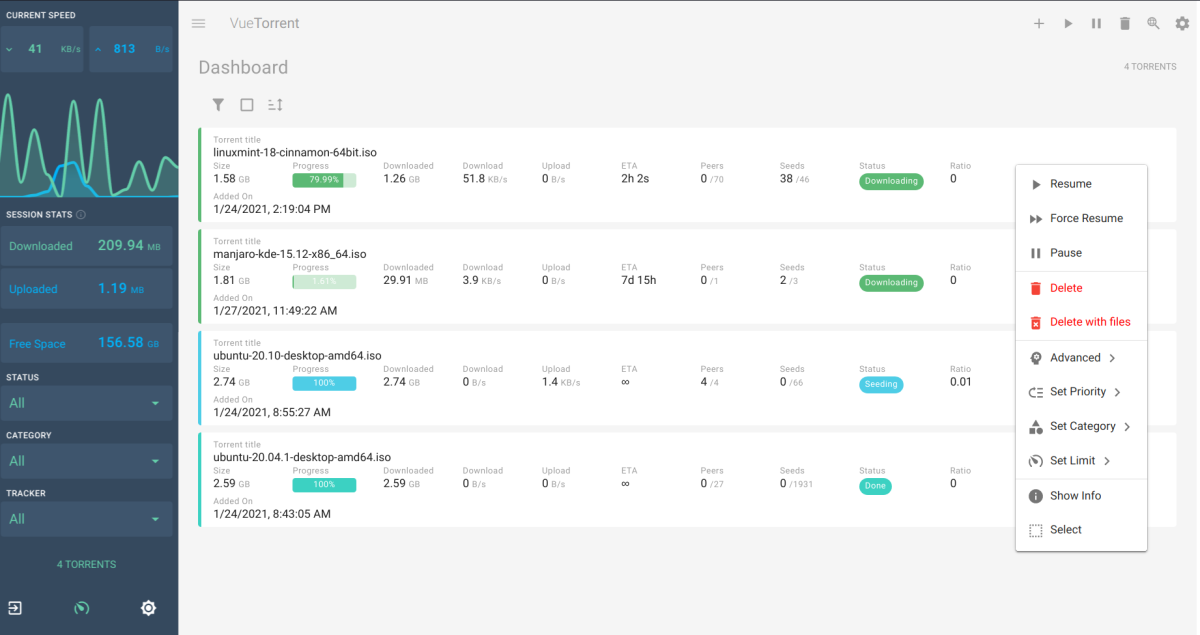
Putting your RaspberryPi to work with a sleek torrent client & Plex TV setup
A short guide setting up Vuetorrent + qbittorrent and Plex TV on a RaspberryPi or any other hardware
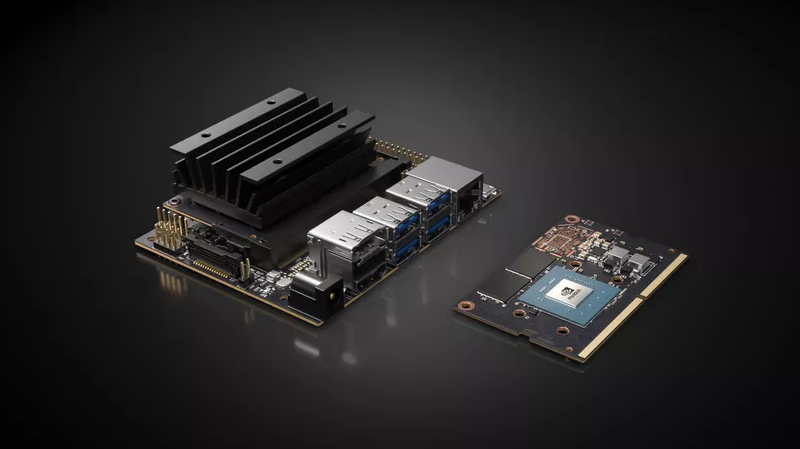
How to setup the NVIDIA Jetson Developer Kit
A short tutorial on setting up NVIDIA Jetson for use with Synpse that ensures remote connectivity, file sharing and application deployment.
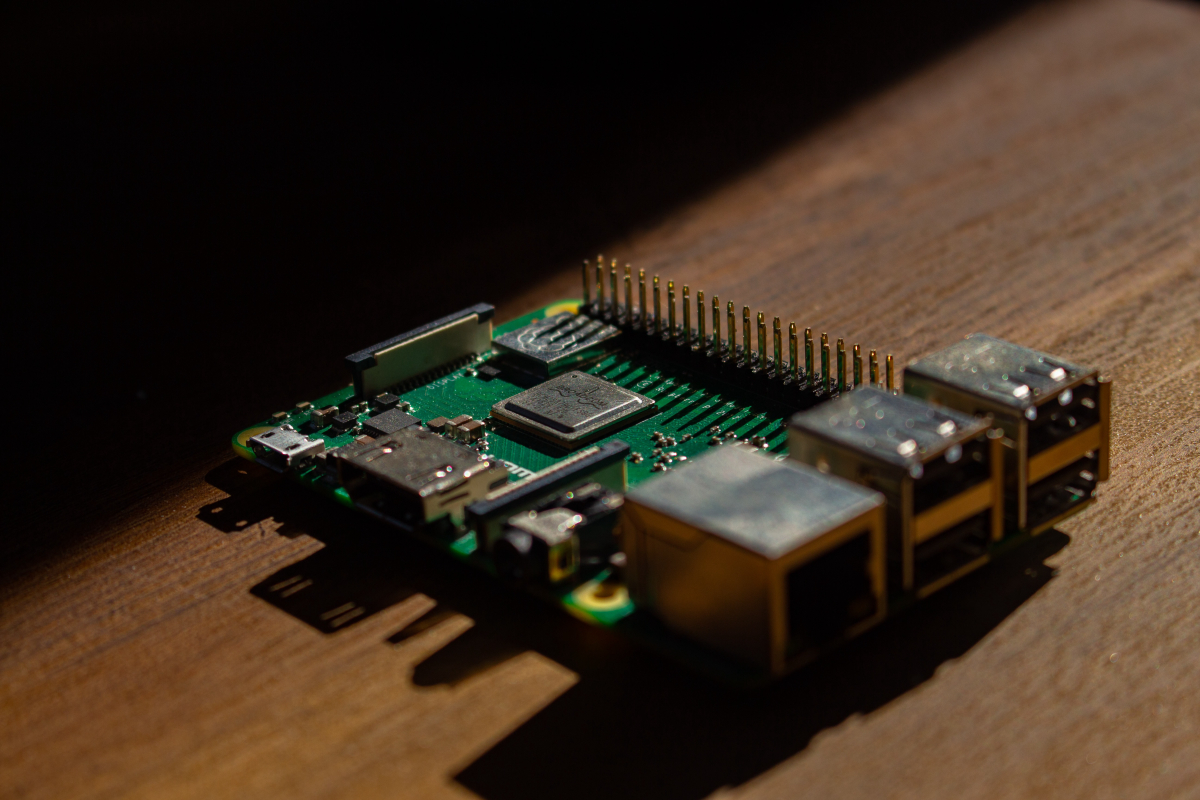
How to setup Node-RED on a RaspberryPi with remote HTTPS and SSH access
A short guide on how to setup a simple and robust Node-RED installation on your RaspberryPi

Deploy & Configure Wireguard
Wireguard is a leading VPN technology. Not only it's faster than OpenVPN, but much easier to configure. Especially if you use Synpse to deploy it
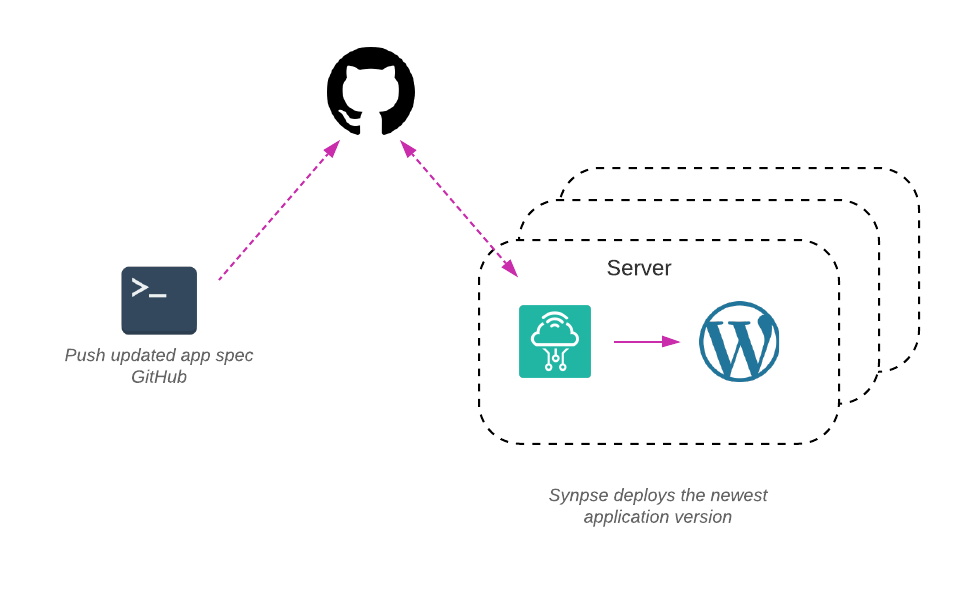
Auto deploy your apps on push to GitHub
An easy and simple way to setup push to deploy workflow to keep your applications in-sync on one or many servers
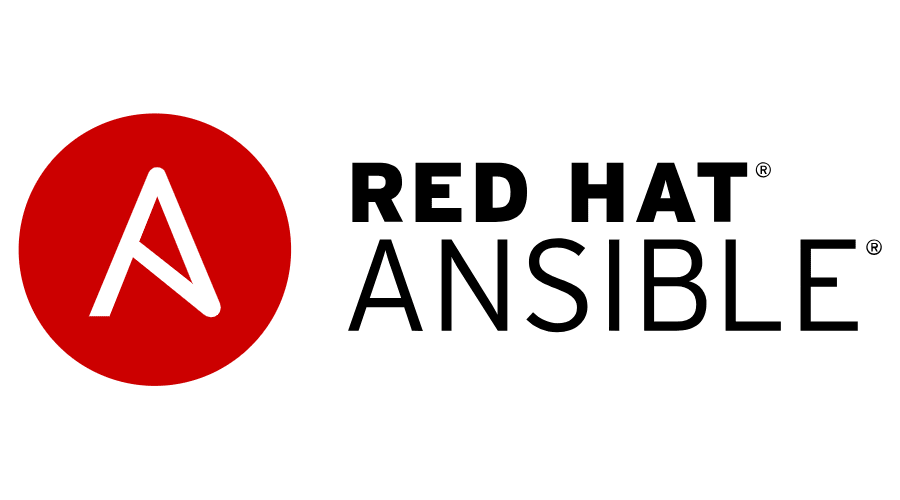
Ansible push with IoT
Manage IoT devices using Ansible push model. Flexibility of the Ansible management with IoT devices anywhere

Dance with the public cloud IoT stack
Small overview of state of the public cloud IoT stacks and common ground if you want to build interchangeable hybrid cloud model

What is GCP IoT Core and how do I use it?
What is GCP IoT Core and how to build an application that utilizes it

What is Azure IoT Hub and how do I use it?
What is Azure IoT hub and how to build an application that utilizes it
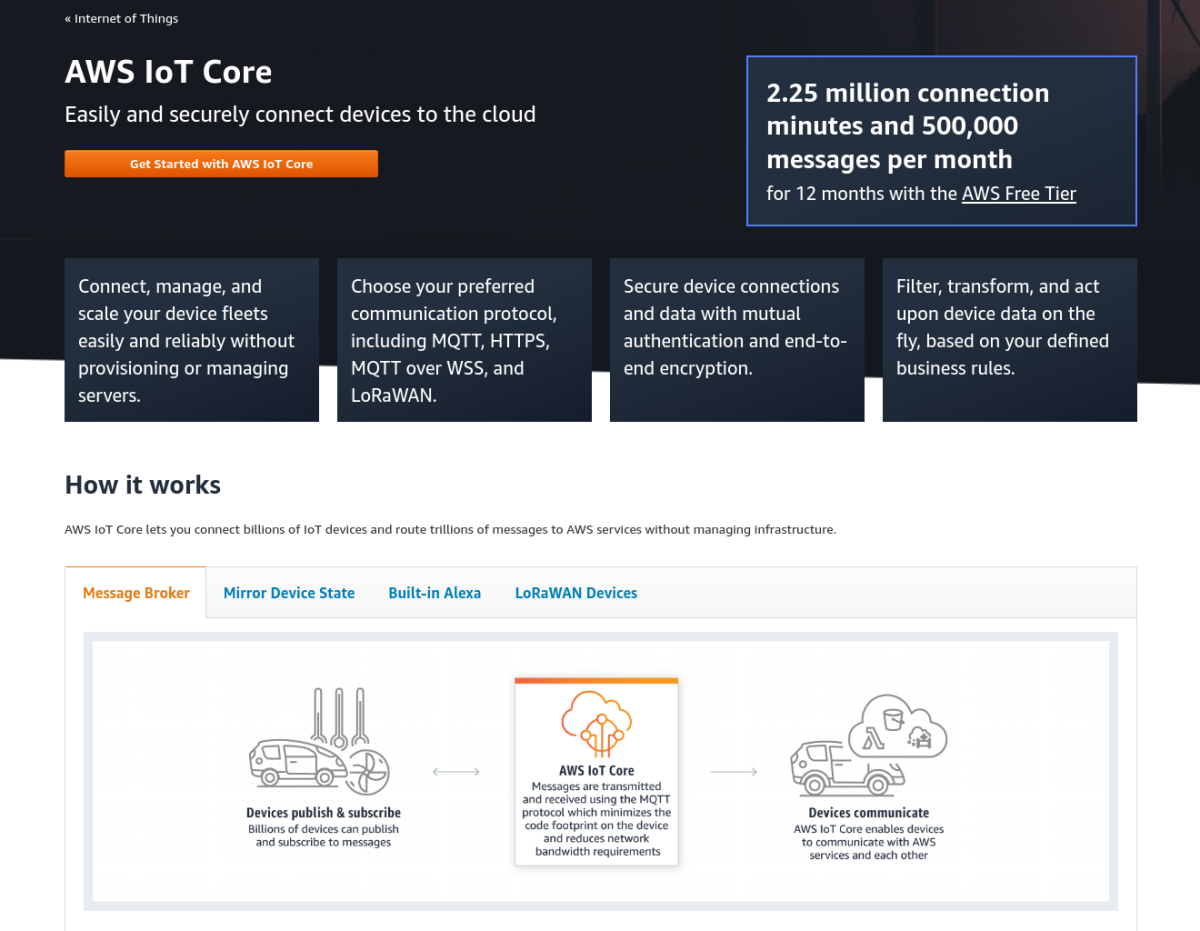
What is AWS IoT Core and how do I use it?
What is AWS IoT Core and how to build an application that utilizes it
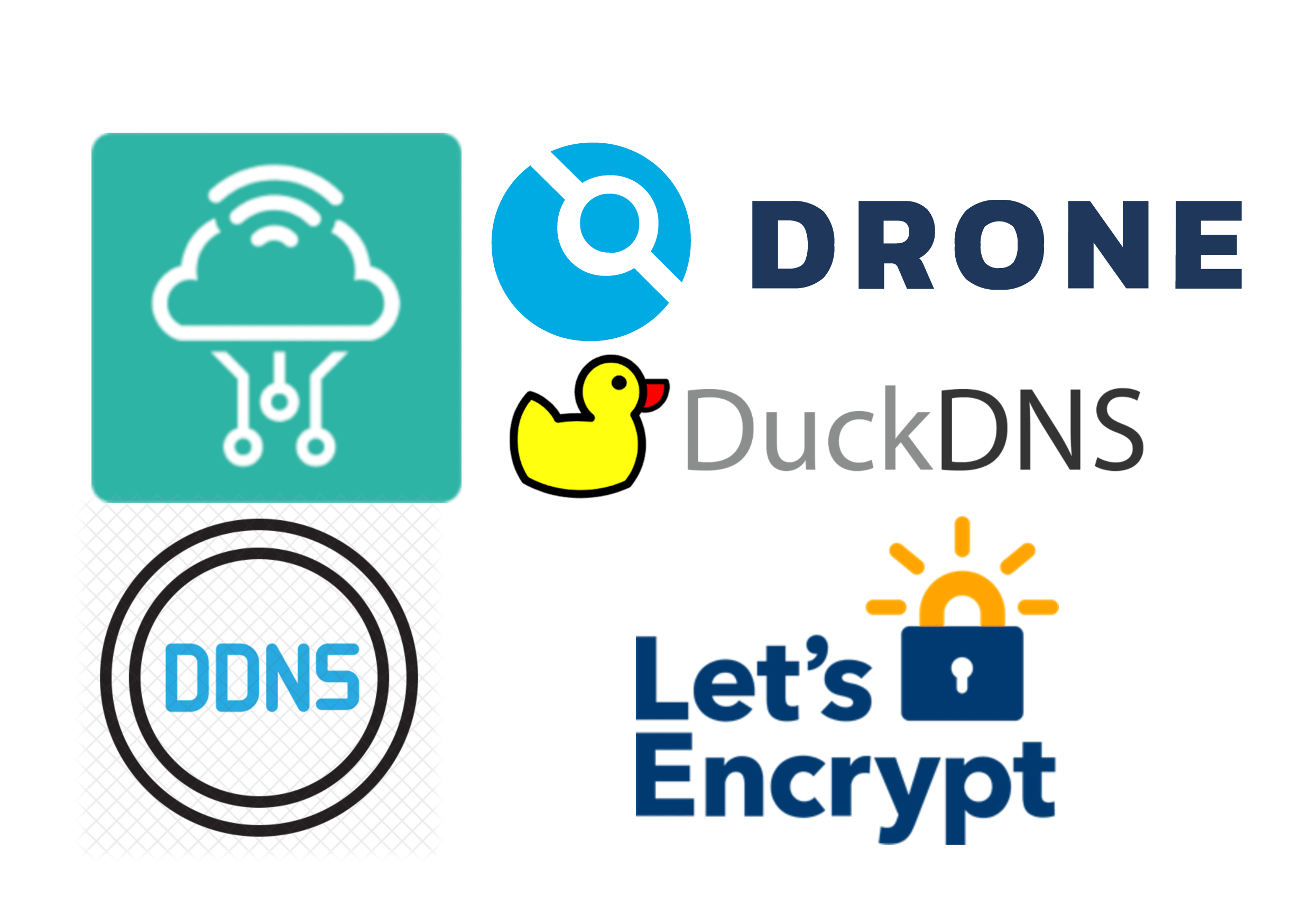
How to deploy Drone on a Raspberry Pi
How to deploy Drone CI with DuckDNS on Raspberry Pi

Build multi-arch docker images
How to build container images for multi-arch support.
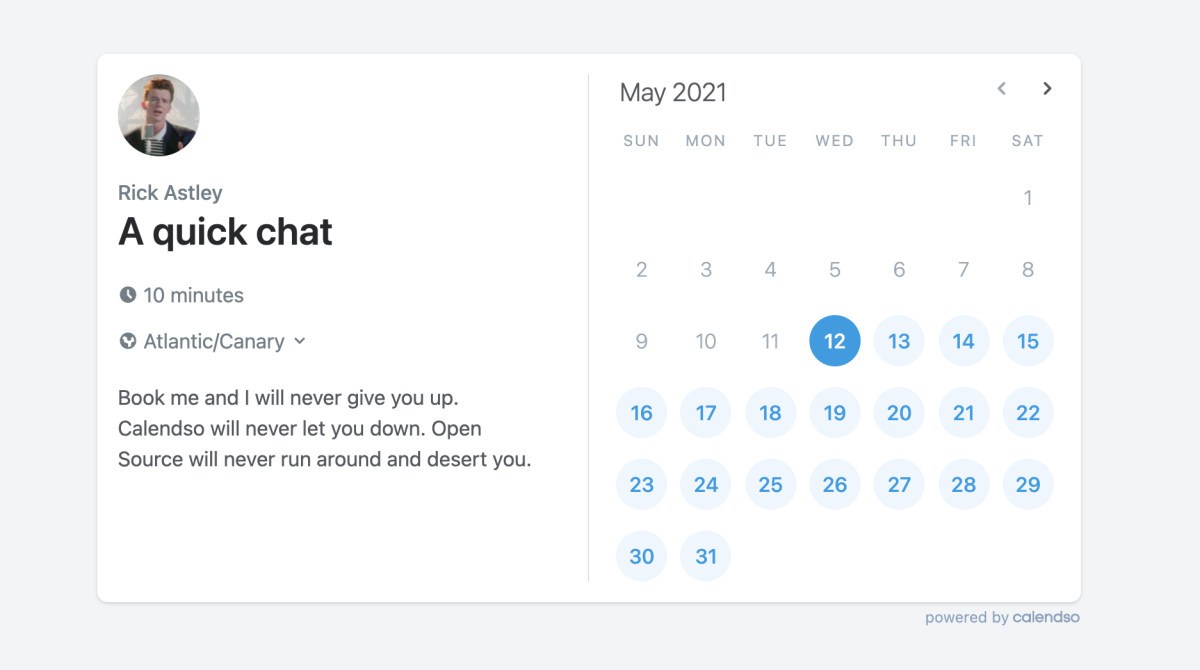
Self-hosting Calendso with Caddy (Calendly alternative)
Calendso provides an easy to use, open-source Calendly alternative. Synpse makes it easy to self-host.
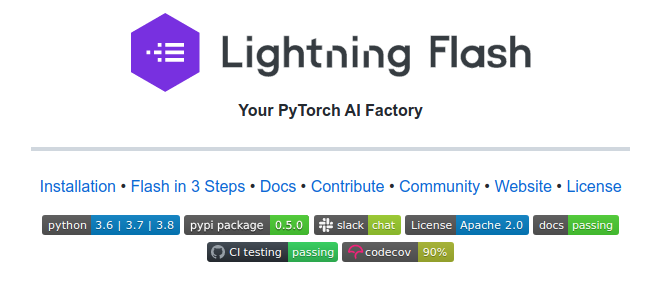
Deploying ML models to the edge with Lightning Flash
Lightning Flash provides an easy way to prototype, finetune and serve models, combined with Synpse, we can deploy them to the edge
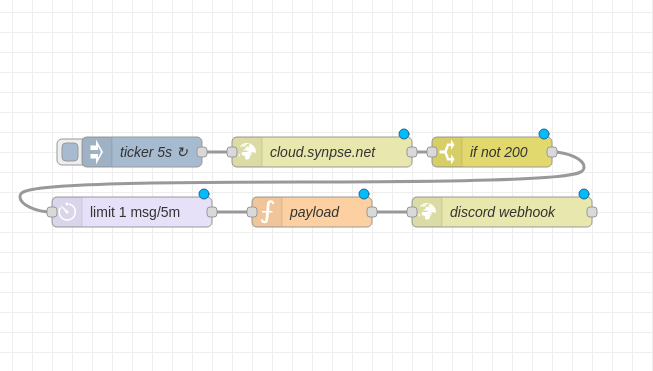
How to create black box monitoring stack using Synpse and Node-RED
"Black box" monitoring is one of the key concepts, when monitoring any application. We will show how to deploy a free DIY downtime monitoring stack, using Node-RED and Synpse

Access remote networks using Synpse
How to use Synpse proxy and SSH capabilities to access other devices in the remote networks without need of a VPN.
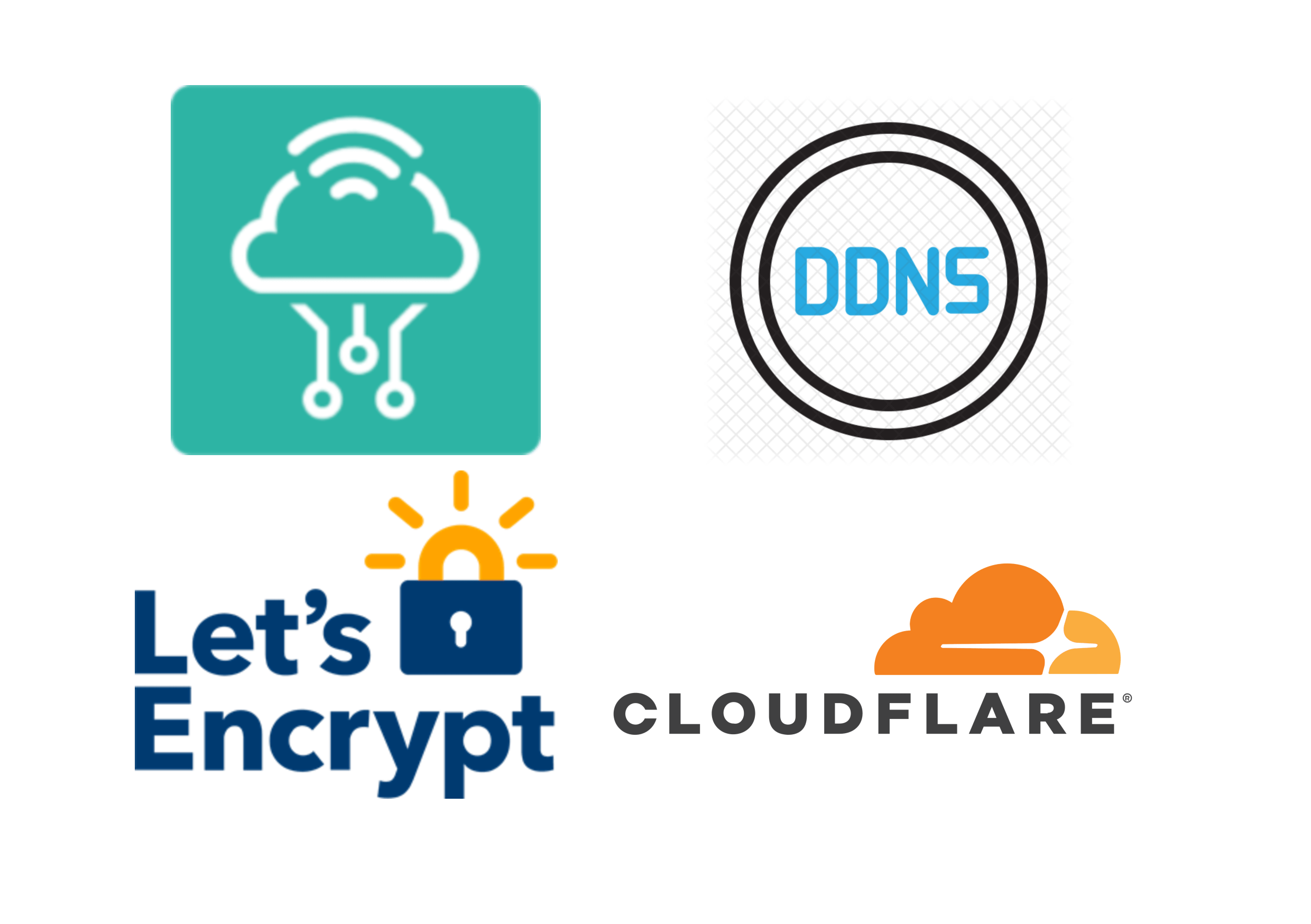
Expose Synpse application with DDNS, CloudFlare and Let's Encrypt
How to expose a Synpse application with "Cloudflare" and "Lets encrypt". This is a second blog post in a series of blog posts, showing how you can expose your applications to outside world. We gonna use "Cloudflare" and "Lets encrypt" to expose a Synpse application...
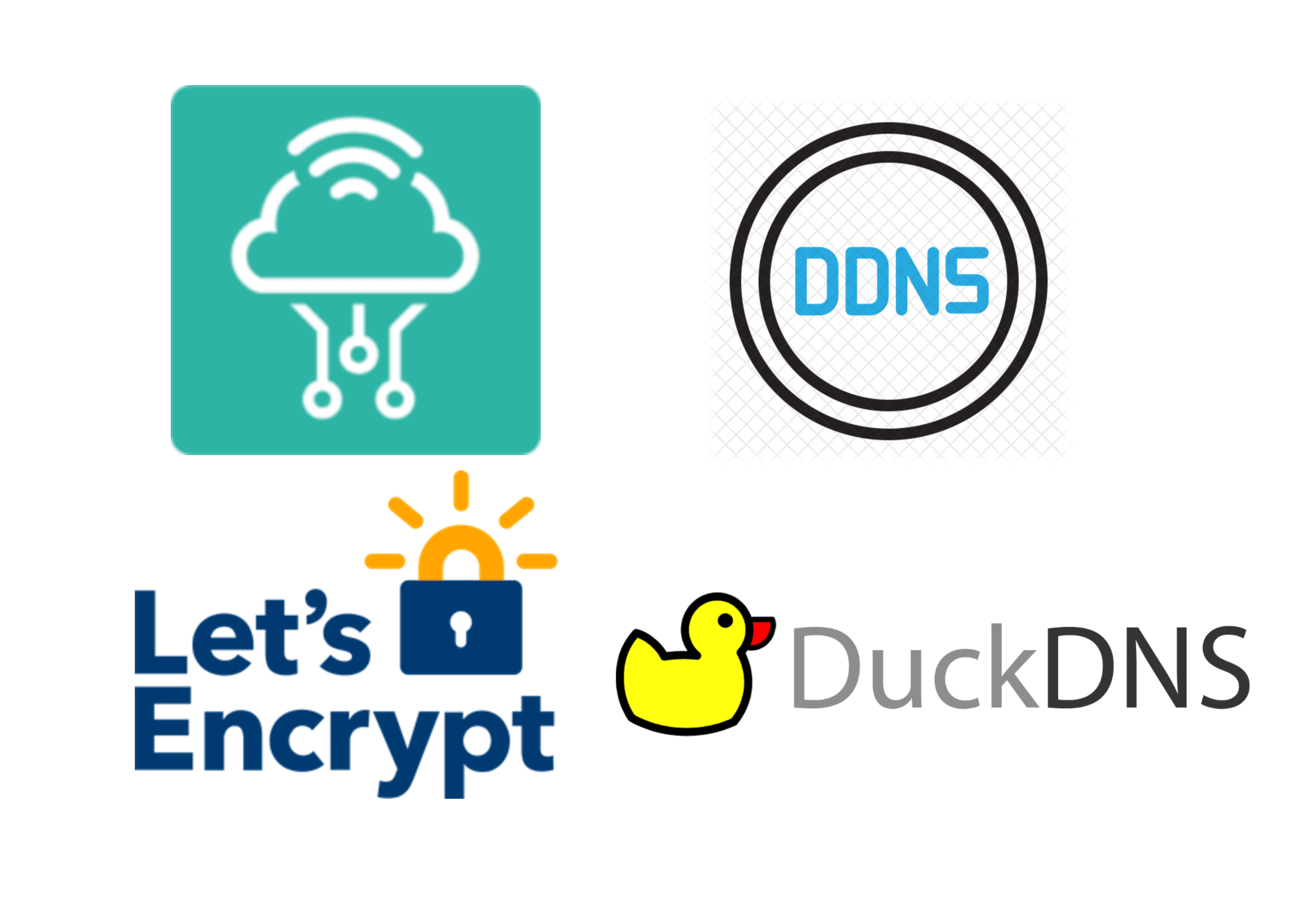
Expose Synpse application with DuckDNS and Let's Encrypt
How to expose a Synpse application with "DuckDNS" and "Lets encrypt". This is a first blog post in series of blogs posts, showing how you can expose your applications to outside world using DuckDNS.
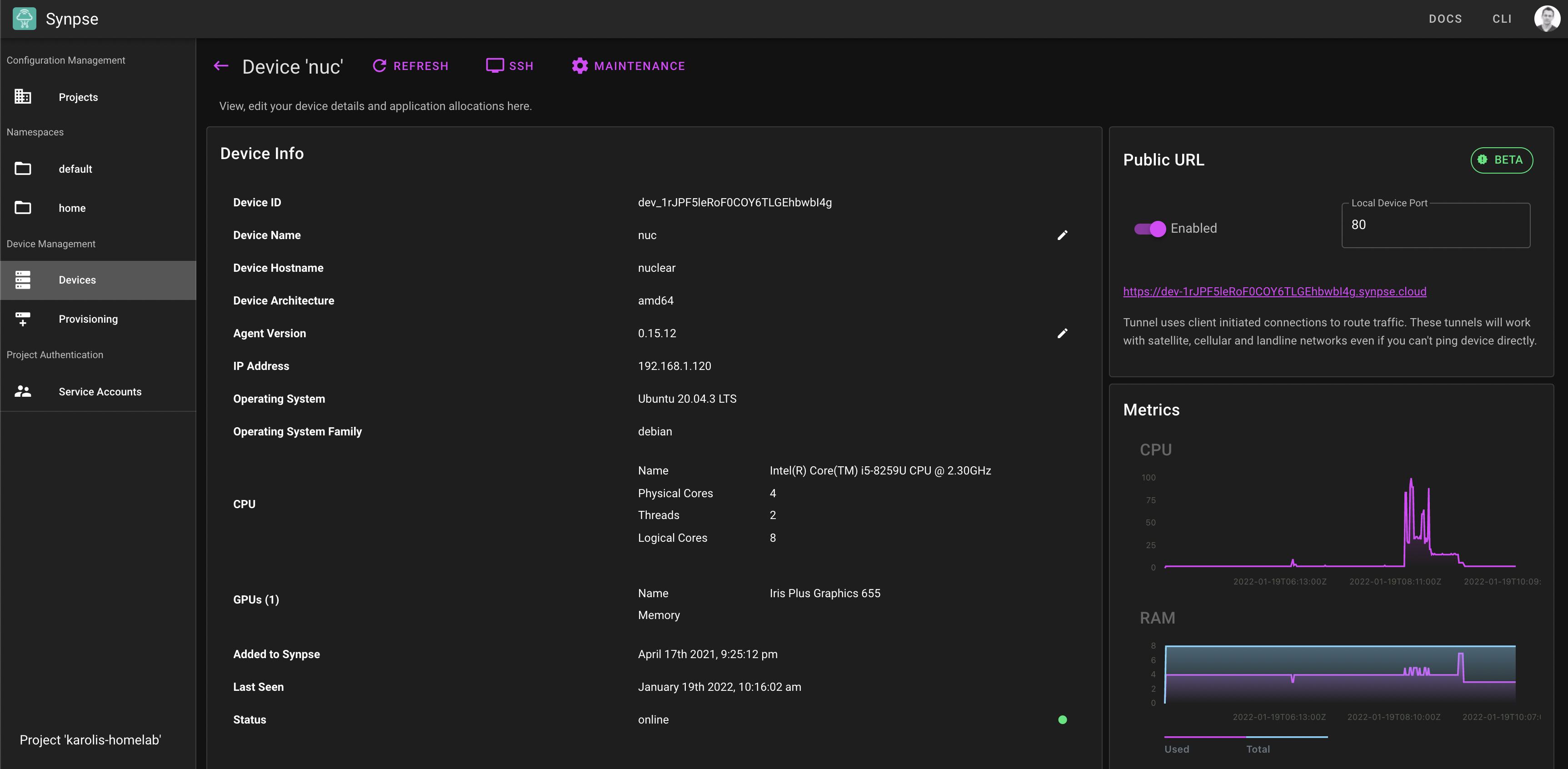
How to install Synpse
How to install Synpse agent to Linux device...

How to deploy Home Assistant using Synpse
How to deploy Home Assistant to Synpse. Short and comprehensive guide on how to deploy and interact with Home Assistant on Synpse...
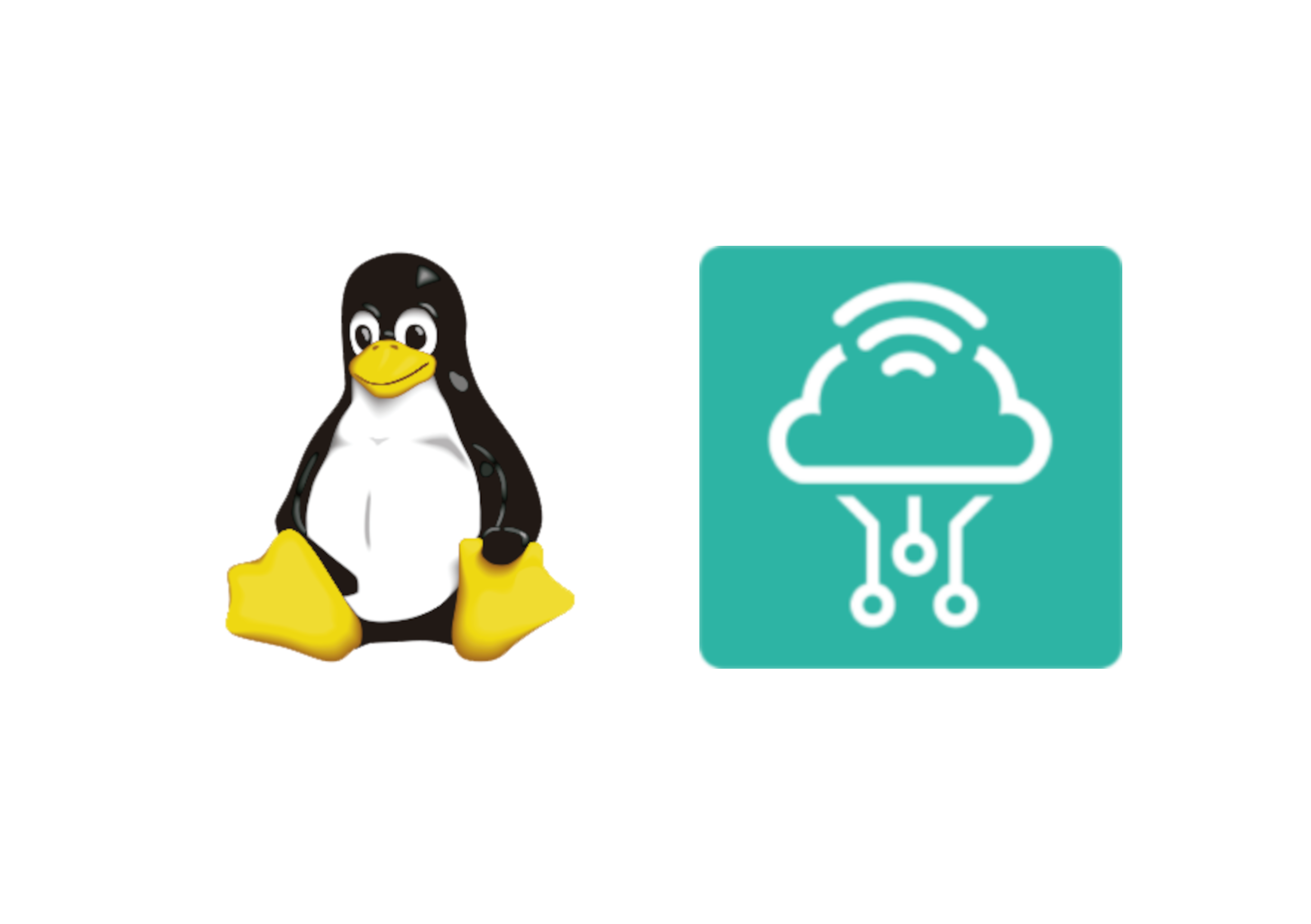
How to create an image for your device
The first thing before going to the edge is preparation of an operating system image you are going to use in your device. We will cover a few ways to do this for Synpse...